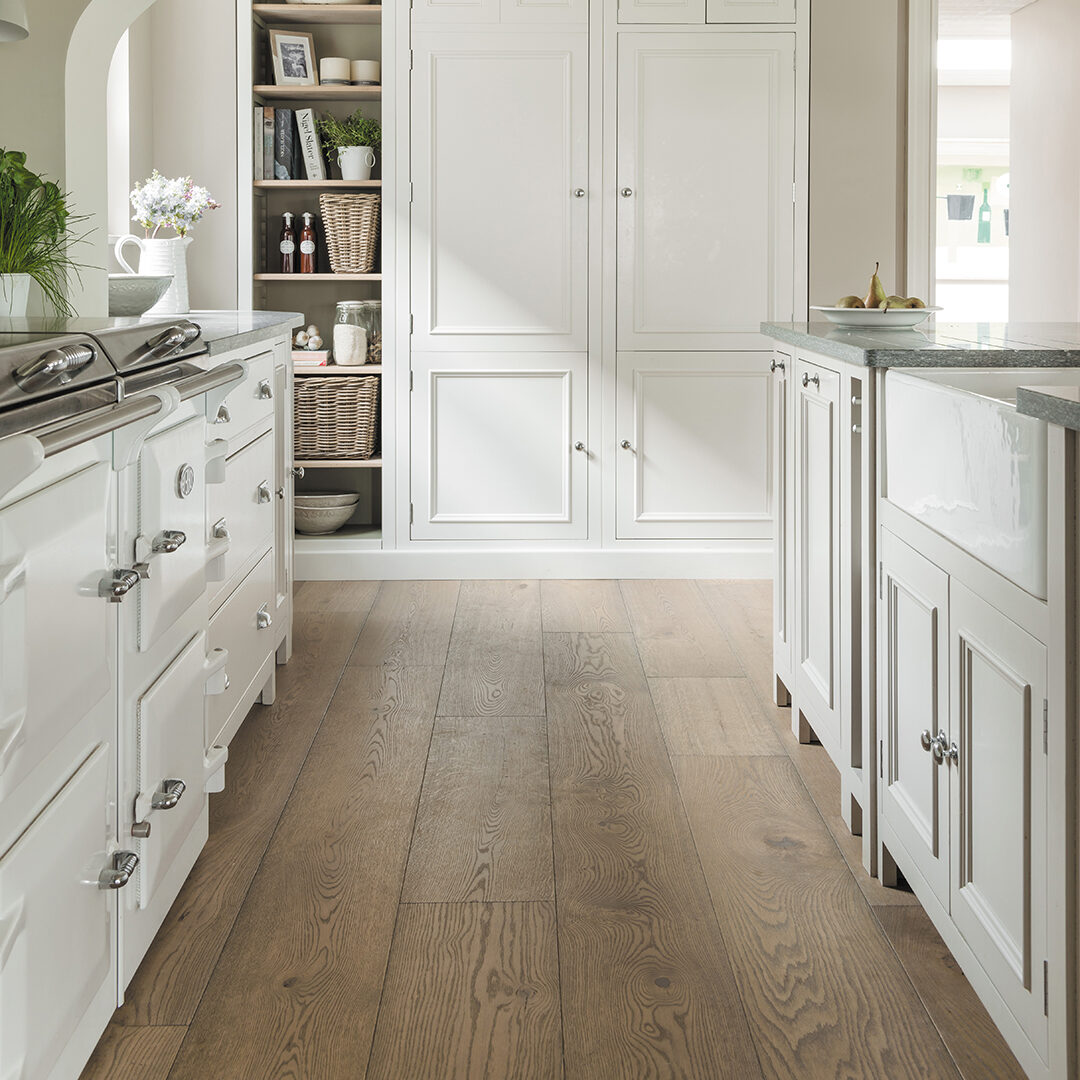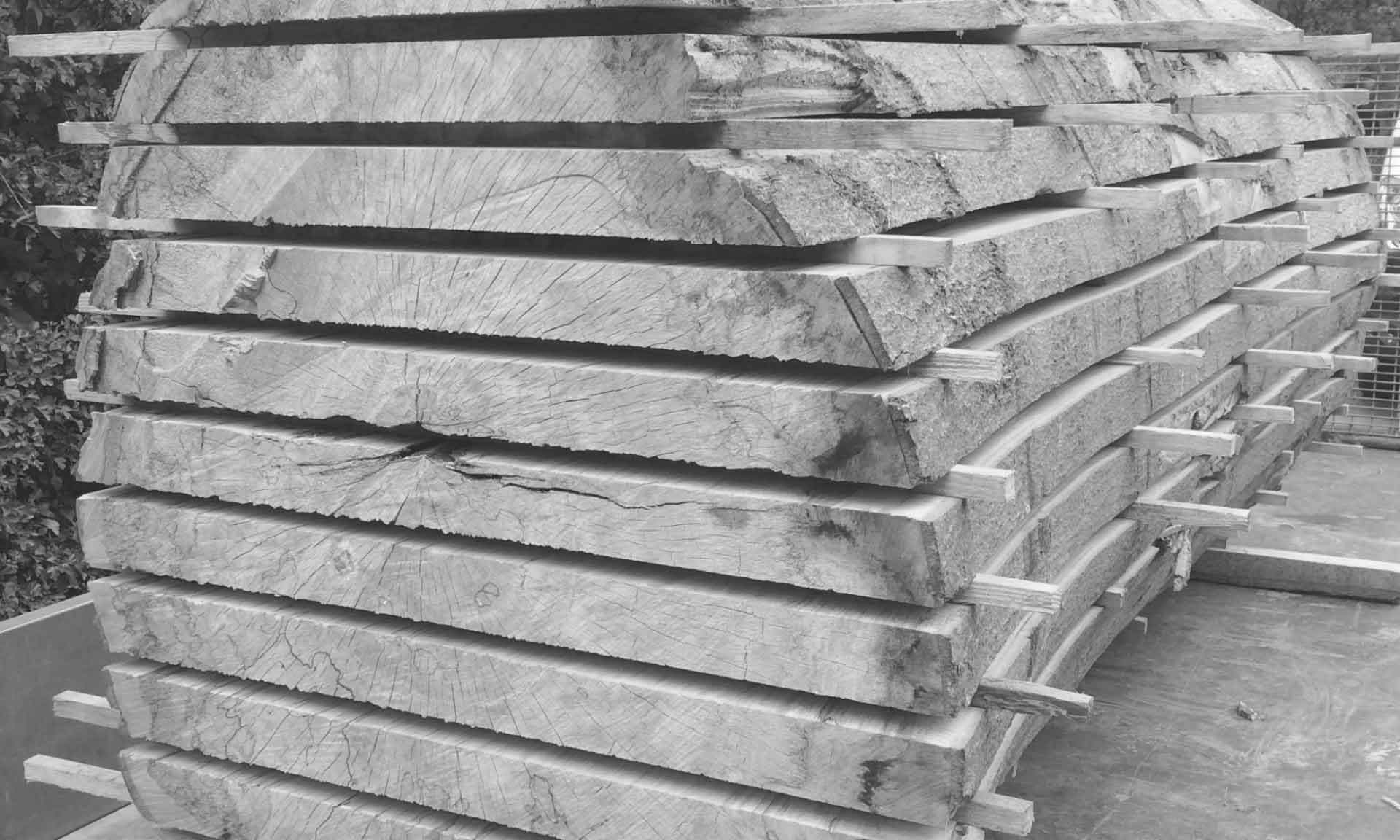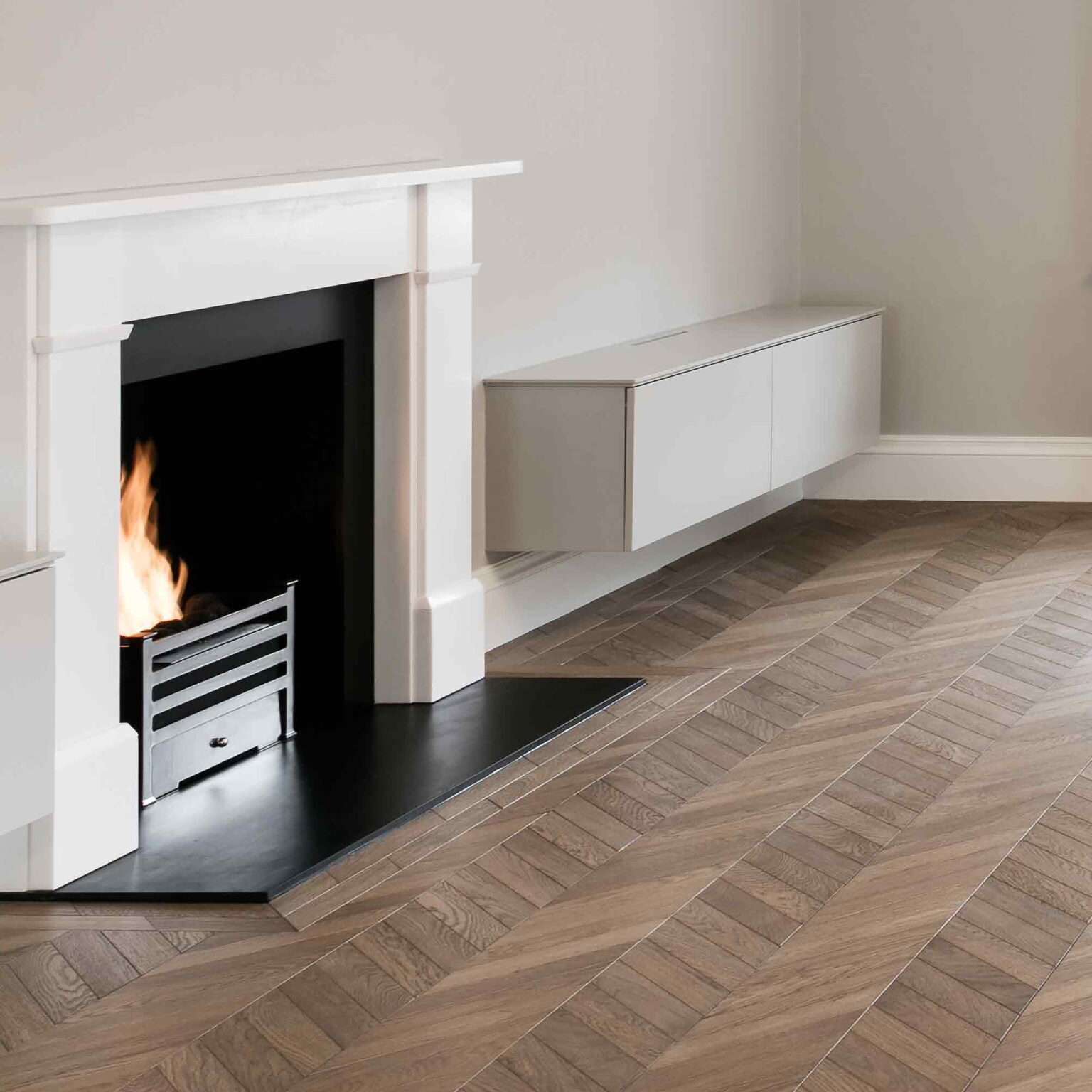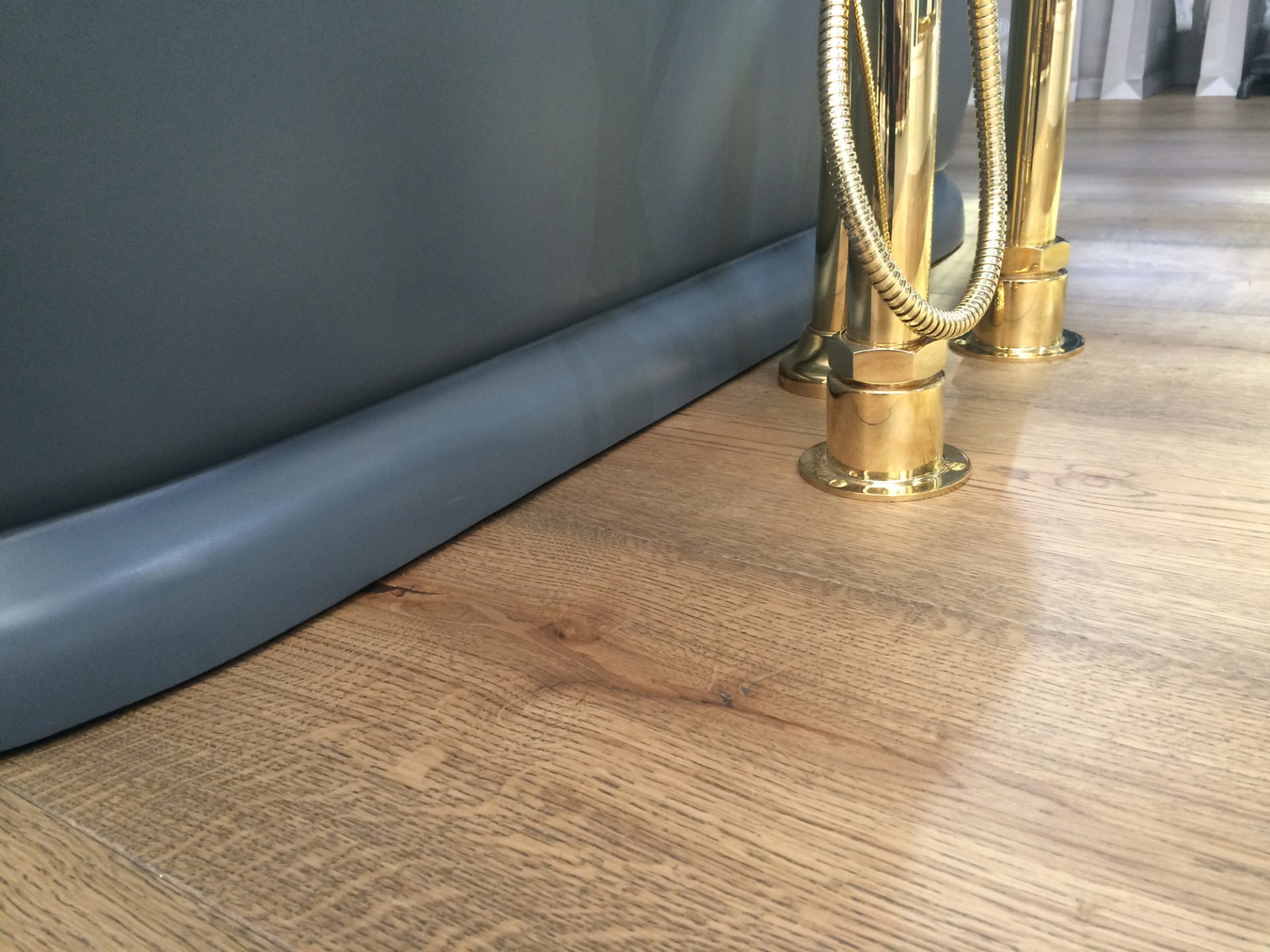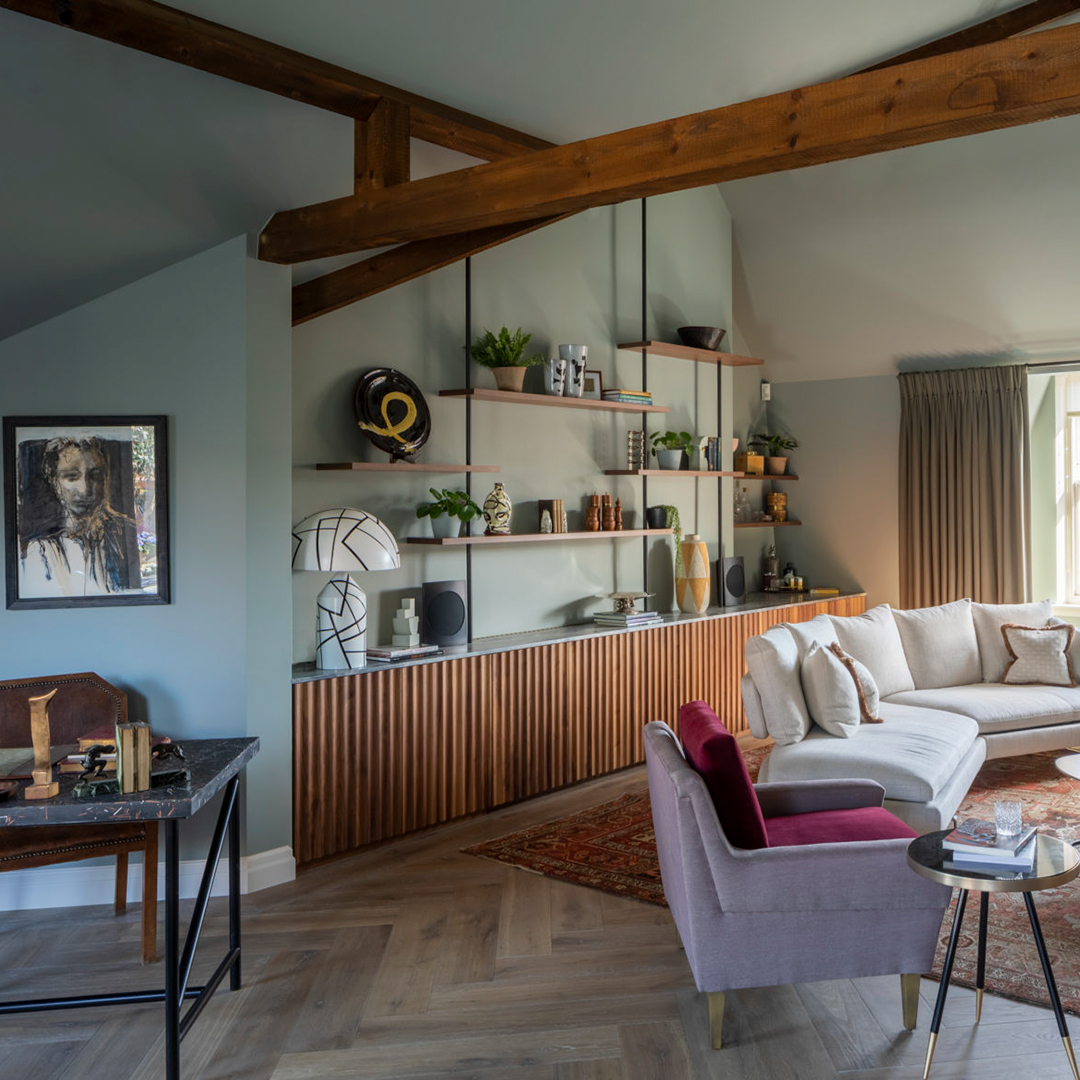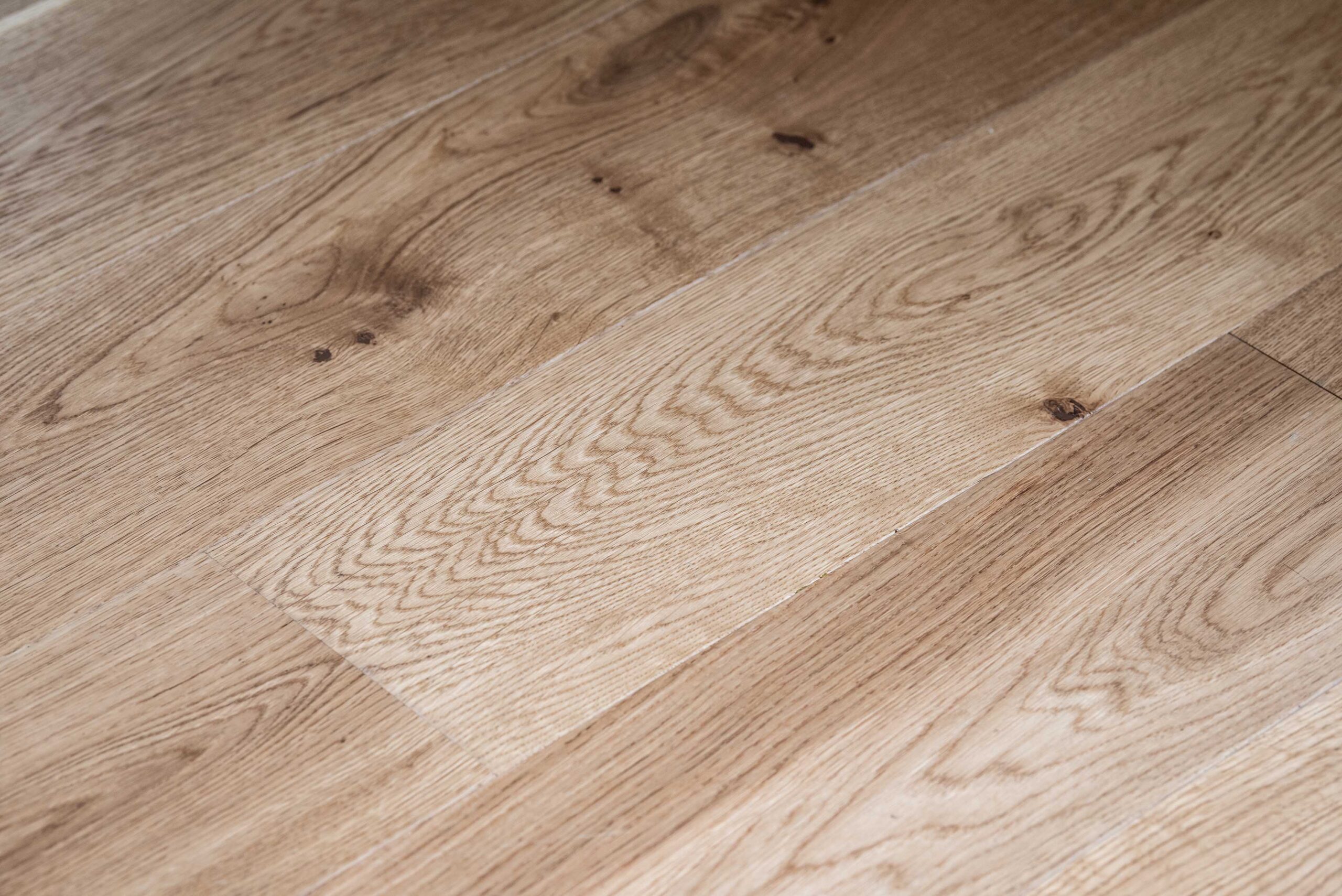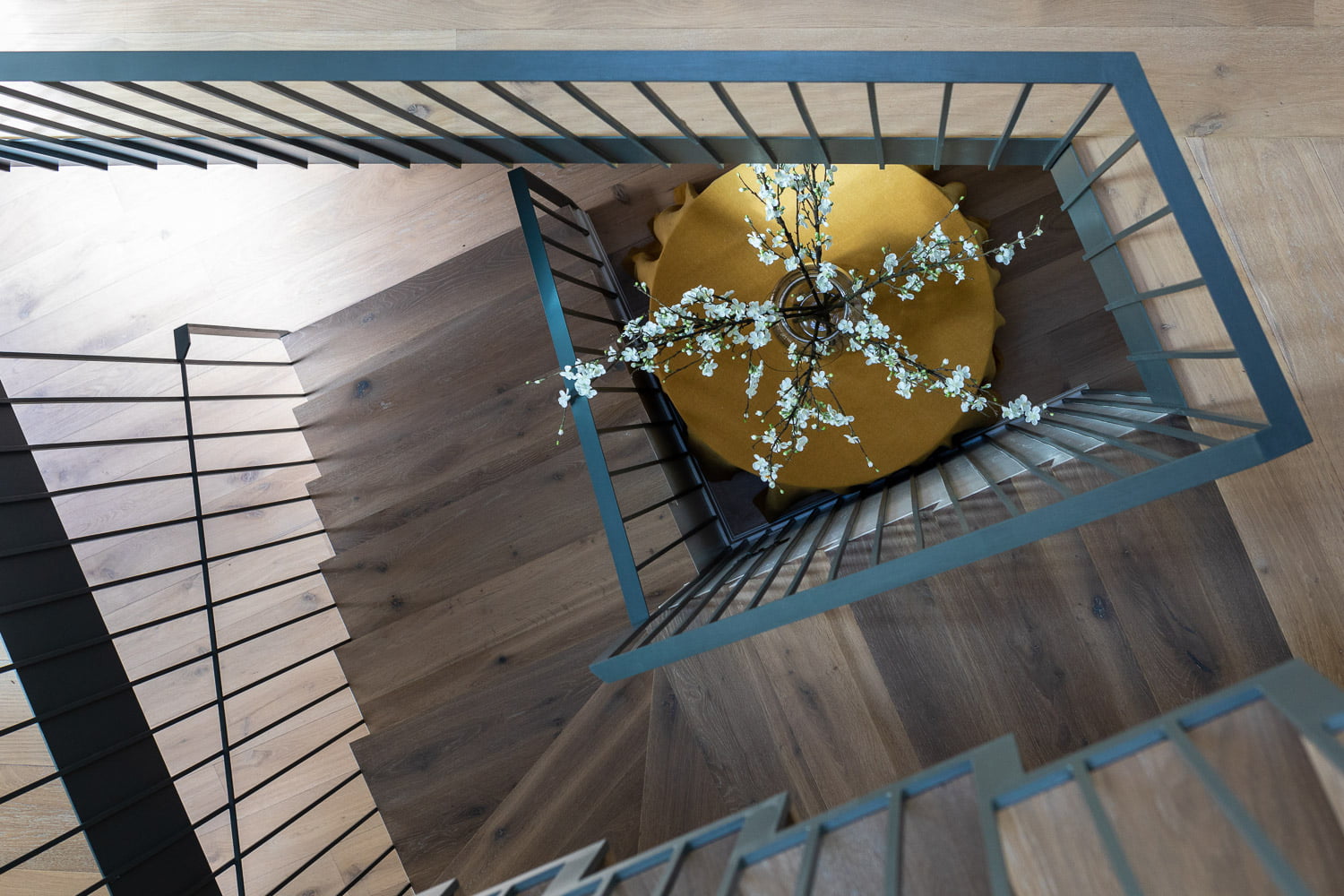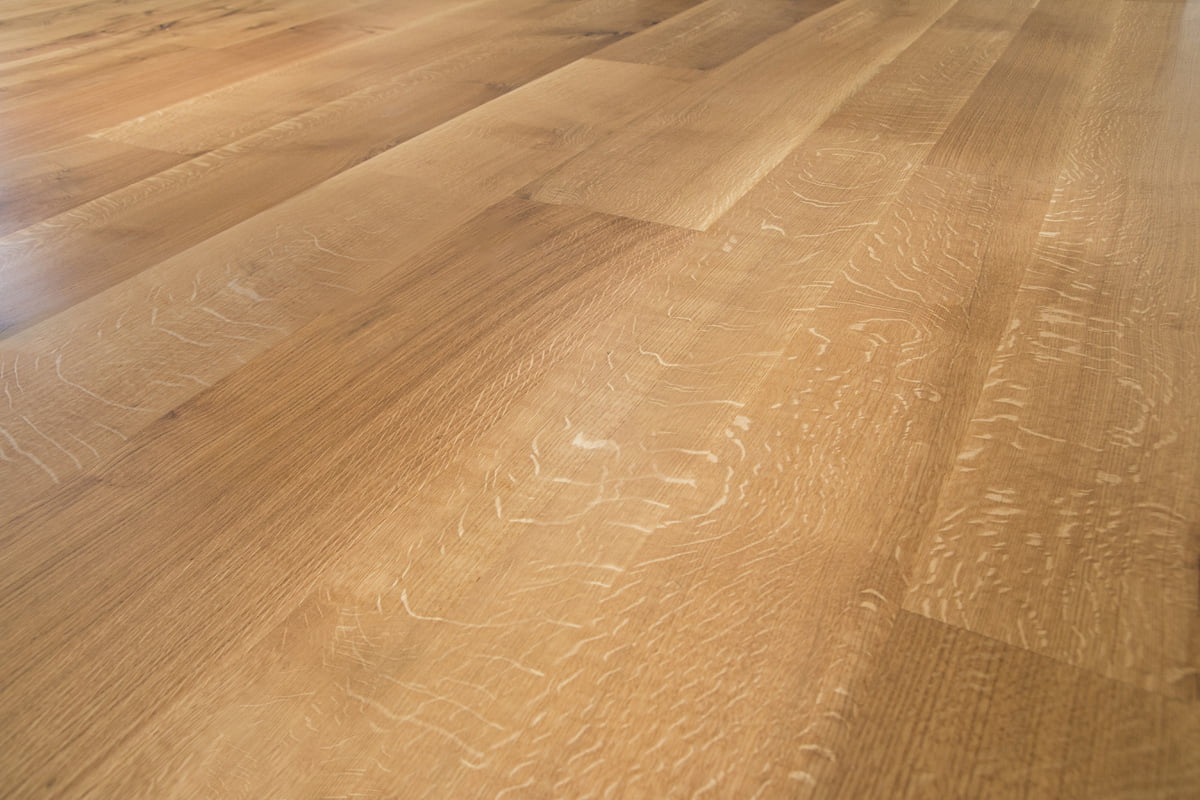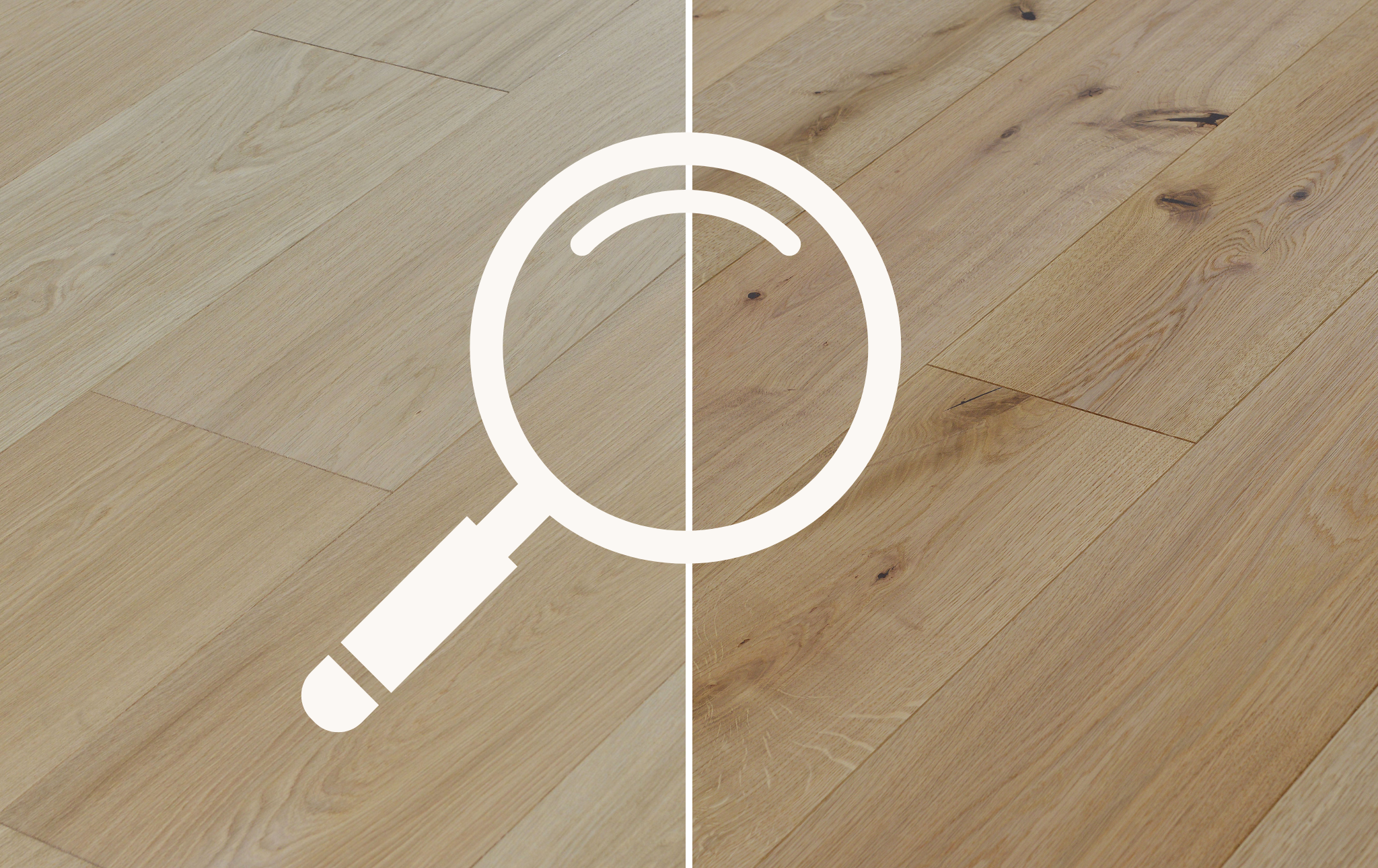What Is the Difference Between Oils & Lacquers?

Exploring the Difference Between Oils & Lacquers
So, you’ve selected your dream wooden floor, but which type of floor finish is the best option? Choosing the right protective finish for your wooden floor is important; it may affect the look of your beautiful floor and the way you look after it. Oils and lacquers will both help keep your wooden floor looking at its best for a long time, but which is best for your floor? What is the difference between oil and lacquer?
Oil sinks in, Lacquer sits on top
On a wooden floor, oil sinks into the grain of the wood and protects it from within. A lacquer sits on top of the wood, providing a very tough finish to protect the surface of the floor.
Appearance & Sheen Level
Gone are the days when lacquers were exclusively a high sheen finish. Lacquers give a very smooth finish and are generally thought of as being shiny, but modern lacquers are available in a variety of sheen levels. Chaunceys offer a range of lacquers, from Ultra Matt to Gloss. We even offer an Invisible Lacquer, which protects the floor without changing the tone and natural character of the timber below.
Oil is generally more natural-looking and often enhances the colours of the grain, enriching the beauty of the wood. It’s a traditional option and is generally thought to be more of a matt finish. However, modern oils are available in a wide range of sheen levels and to suit all tastes.
Maintenance
When selecting the finish for your wooden floor it’s important to consider the differences between maintaining an oiled floor and a lacquered floor.
Lacquer is a great low maintenance option and will require less upkeep than an oiled floor, especially in high-traffic areas. A lacquered floor will also stop any spillages seeping into the wood and is also chemical resistant. This finish makes the floor very easy to clean and should avoid any issues with spilt liquids staining the floor. Lacquers are a great choice for places where there is likely to be a lot of wear and tear. Consequently, commercial spaces such as restaurants and shopping centres often choose a lacquer finish. If you look after it and clean it regularly, a lacquer finish should last a very long time .
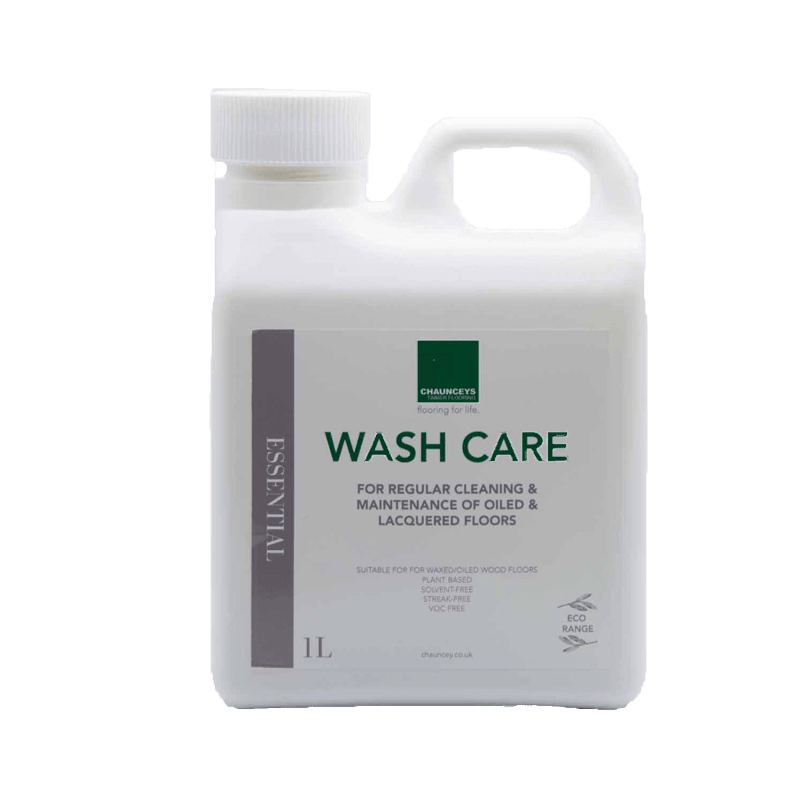
If you ever scratch a lacquered floor, it will tend to show up more than on an oiled floor. It’s worth considering that a lacquered floor can be more difficult to carry out spot repairs on. It may be necessary to sand back and re-finish a large area of a lacquered floor to avoid the finish looking uneven or patchy.

Oiled wood flooring tends to be more forgiving if ever scratched, but does need to be maintained. Thankfully this maintenance is straightforward: it should just require a sand and a fresh coat of oil to restore it to its former glory. The advantage of choosing an oil finish is that you can easily do spot repairs on a small area and it will blend in with the rest of the floor. By maintaining the floor in this way, you are building up layers of extra protection which will help your beautiful wooden floor live longer.
Excessive wear and tear will show on an oiled floor, which makes oil a better choice for residential properties and low traffic areas. An oil finish will repel water to an extent, but if you leave a puddle for too long it will seep into the timber and may leave a stain.
Cost
The isn’t a dramatic difference in price between finishing with oils or lacquers. A lacquer finish is slightly more expensive, but if it is well looked after there shouldn’t be any additional costs for maintenance. Upkeep of an oiled finish is not hugely expensive but should be factored in.
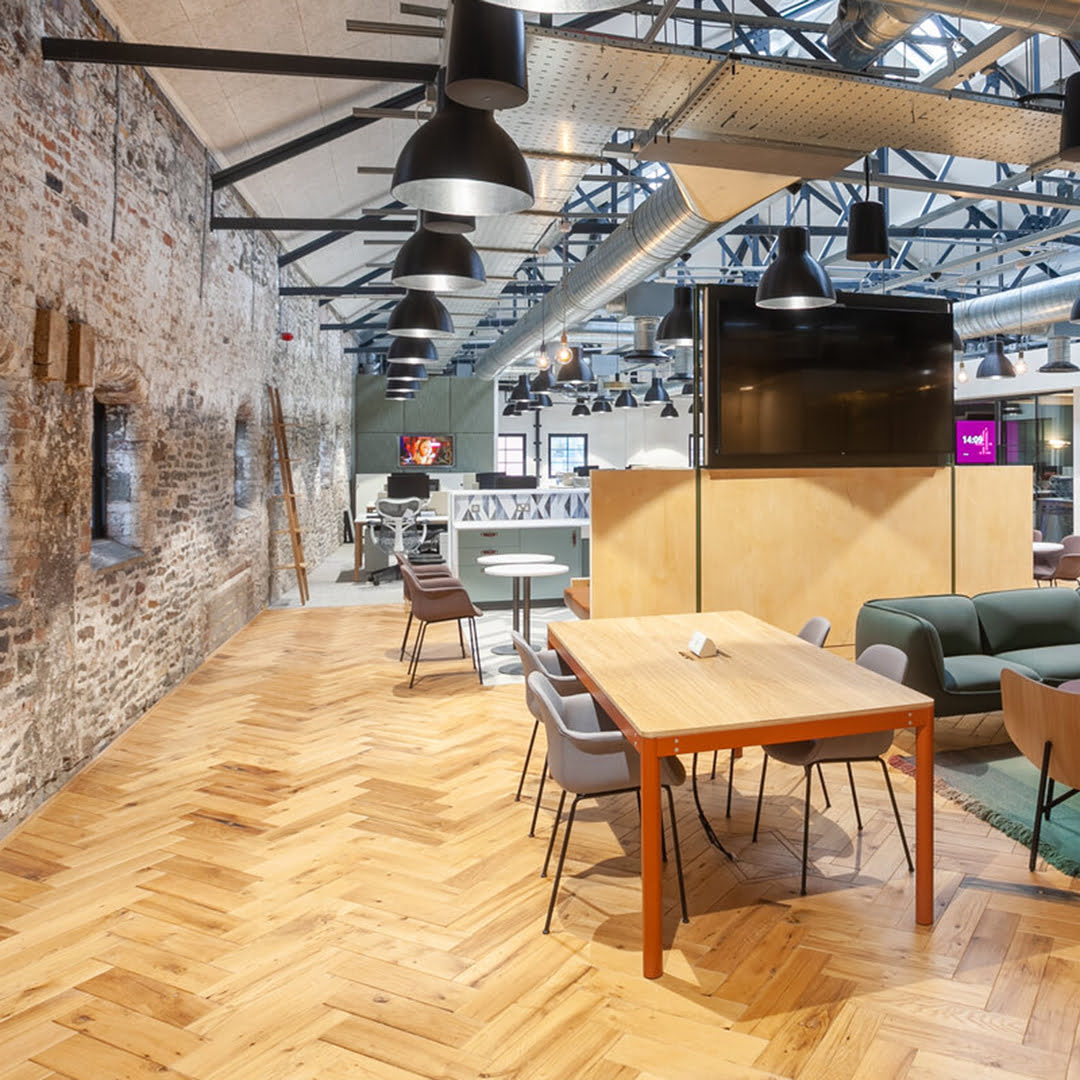
Application
If you are finishing your floorboards on site, it’s important to know the different application methods for lacquers and oil finishes.
At Chaunceys, our boards are finished in-house by our Bristol finishing team. We recommend prefinished boards for convenience and to ensure a high quality, consistent finish. Also, it’s likely to cost less to install prefinished floorboards compared to buying unfinished boards and finishing on site.
If you’re unsure about which finish is the best choice for you, our experts at Chaunceys will be happy to help talk you through your choices.


